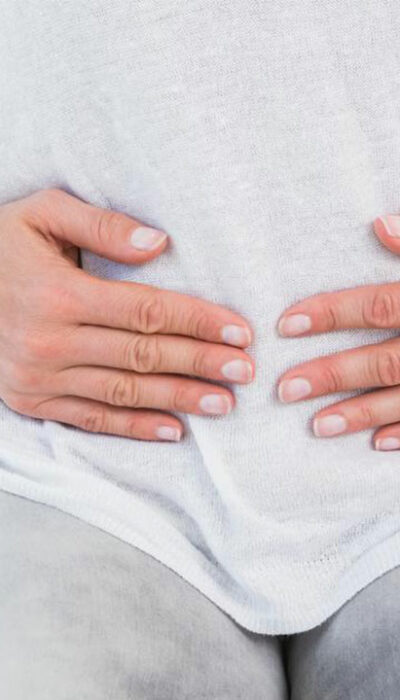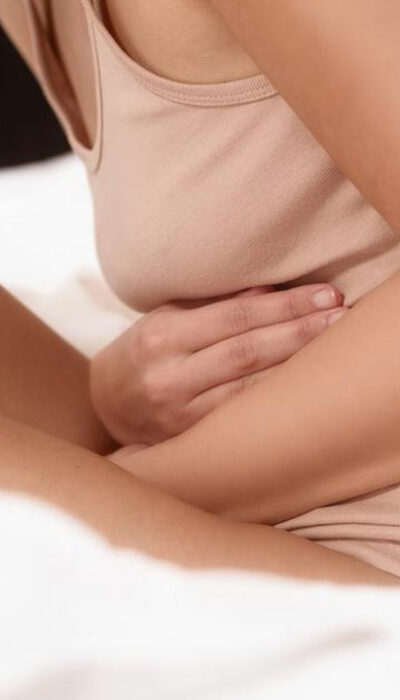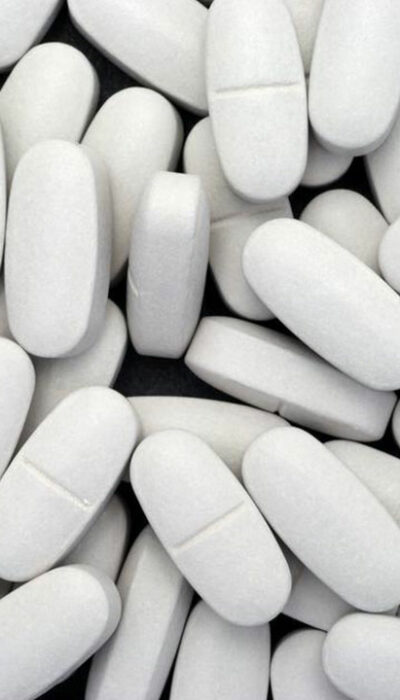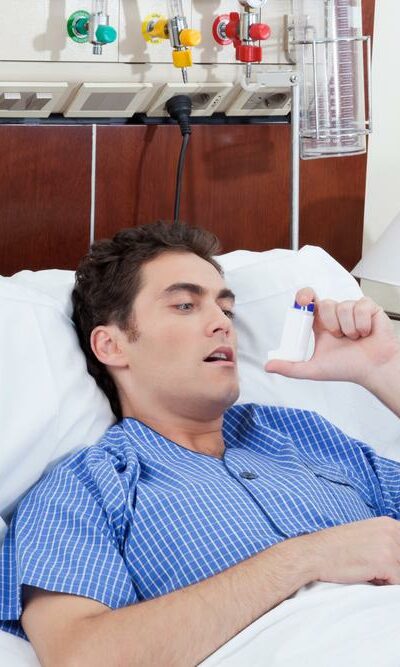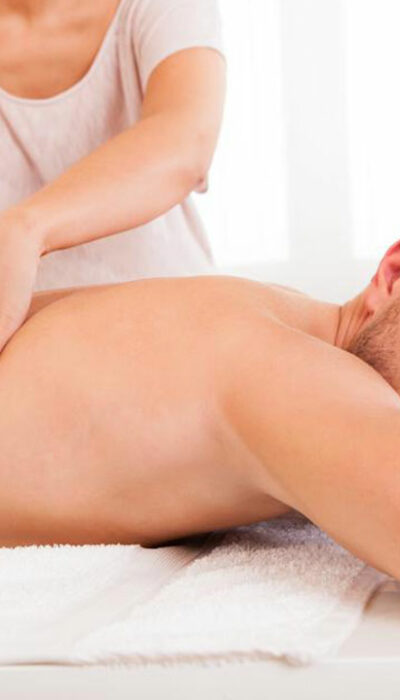
Treating Arthritis Pain with Natural Remedies
Arthritis is a group of degenerative health conditions that are characterized by joint pain, stiffness, and inflammation. Osteoarthritis is the most commonly occurring form of arthritis that deteriorates with age. This condition is caused due to wear and tear of bones and joints over the years. Painkillers and anti-inflammatory medications provide relief from arthritis pain. Arthritis pain relief through medication has a number of side effects. Moreover, they cause damage to various organs of the body when consumed in the long run. Rheumatoid arthritis is an autoimmune disease that has no cure, but symptomatic relief may be provided. Many are adopting natural treatment methods for arthritis pain relief in order to avoid the side effects of medication. Symptoms of arthritis Arthritis is a degenerative bone and joint disease that causes severe pain and immobility. Common symptoms of arthritis are: Joint pain Stiffness of joints Swelling or inflammation of joints Loss of mobility Decreased range of motion Redness of skin around joints Warm or inflamed joints Treatment of arthritis pain Conventional treatment for arthritis involves painkillers and anti-inflammatory medication. These medicines come with a number of serious side effects, especially when used in the long run. There are several simple home remedies that provide arthritis pain relief. Here are a few effective natural remedies for arthritis pain relief: Hot and cold therapy : Placing an ice pack for some time on the affected area, and following the cold treatment with a hot pack provides relief from joint pain. The cold pack helps to reduce swelling and inflammation of joints. The ice pack should be applied for not more than 15 minutes. An application of heat on the affected areas relaxes the muscles and increases blood circulation. The heat should be bearable and should be kept for 10-15 minutes. This is one of the most common and effective arthritis pain relief options that you can try.

